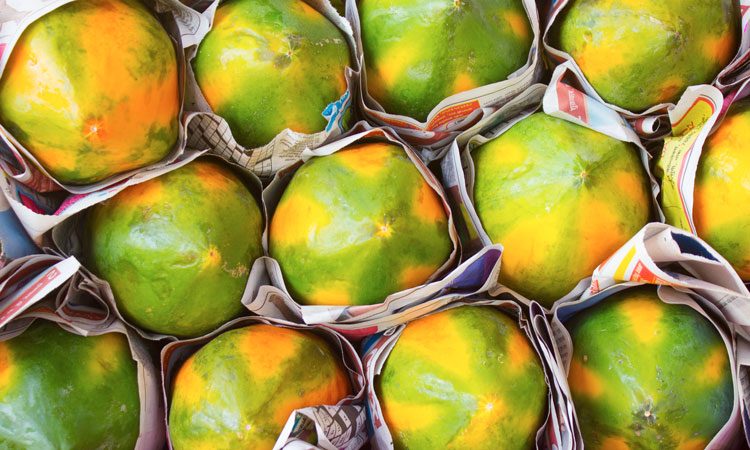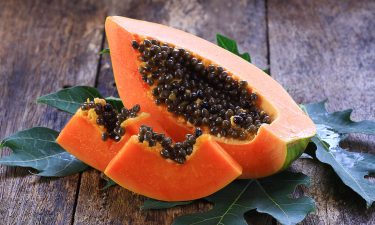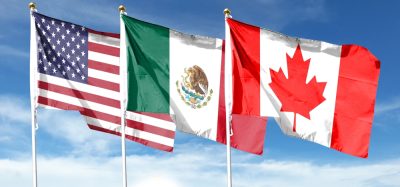FDA calls for the papaya industry to improve practice
- Like
- Digg
- Del
- Tumblr
- VKontakte
- Buffer
- Love This
- Odnoklassniki
- Meneame
- Blogger
- Amazon
- Yahoo Mail
- Gmail
- AOL
- Newsvine
- HackerNews
- Evernote
- MySpace
- Mail.ru
- Viadeo
- Line
- Comments
- Yummly
- SMS
- Viber
- Telegram
- Subscribe
- Skype
- Facebook Messenger
- Kakao
- LiveJournal
- Yammer
- Edgar
- Fintel
- Mix
- Instapaper
- Copy Link
Posted: 27 August 2019 | Rachael Harper (New Food Magazine) | No comments yet
The FDA has issued a letter calling on all sectors of the papaya industry to take actions to prevent foodborne illnesses.


Ned Sharpless MD, Acting Commissioner of Food and Drugs and Frank Yiannas Deputy Commissioner for Food Policy and Response at the US Food and Drug Administration have called on all sectors of the papaya industry to improve practices to better protect consumers, in a recent statement.
“While we continue to focus on shifting our work upholding food safety from response to prevention, we know that there are times where we will still need to respond to problems when they arise, including outbreaks of foodborne illness,” the statement said. “This is especially important when we see recurrent patterns of illness associated with particular commodities. For example, fresh papayas. This commodity is most often eaten raw, without cooking or processing to eliminate microbial hazards; and therefore, the way they are grown, harvested, packed, held, processed and distributed is crucial to minimising the risk of contamination with human pathogens.”


The FDA has issued a statement saying that as papayas are usually eaten raw, the way they are grown and harvested is important to minimise the risk of contamination.
Since 2011, there have been eight outbreaks in the US caused by Salmonella serotypes linked to imported, fresh papaya. This June the FDA started an investigation into an outbreak of Salmonella Uganda illnesses tied to the consumption of whole, fresh papaya imported from Mexico. While the 2019 outbreak is ongoing, the first seven outbreaks accounted for almost 500 reported cases of illness, more than 100 hospitalisations, and two deaths.
“This is why… we have issued a letter calling on all sectors of the papaya industry to take actions to prevent these outbreaks in the future,” the statement continued. “We are urging… the papaya industry to review their operations and make all necessary changes to strengthen public health safeguards. If a foodborne pathogen is identified in the crop or growing environment, a root cause analysis should be performed to determine the likely source of contamination.
“We are strongly encouraging the papaya industry to examine the use and monitoring of water used to grow, spray (pesticides, fungicides), move, rinse or wax crops to identify and minimise risks from potential hazards.
“All sectors of the industry should adopt tools and practices needed to enhance traceability since papayas are a perishable commodity, to more rapidly facilitate the tracking of involved product to expedite its removal from commerce, prevent additional consumer exposures, and properly focus any recall actions.
“And finally, they should fund and actively engage in food safety research to identify the potential sources and routes of contamination by microbial pathogens and develop data-driven and risk-based preventive controls.”
The FDA has further said that although this action focuses on the papaya industry, more must be done by the industry as a whole to eliminate the threat that recurring outbreaks pose to consumers.
Related topics
Food Safety, Outbreaks & product recalls, Regulation & Legislation, The consumer








